How Often Should I Workout On Testosterone

Imagine the crisp morning air filling your lungs as you lace up your running shoes, a renewed sense of energy coursing through you. Or the satisfying burn in your muscles after a heavy set at the gym, a feeling of strength and vitality washing over you. For many men on testosterone replacement therapy (TRT), this increased drive and physical capacity are welcome changes, but understanding how to channel this newfound vigor into a healthy and effective workout routine is crucial.
The question of how often to workout on testosterone isn't a one-size-fits-all answer. It hinges on individual factors like experience level, fitness goals, overall health, and the specific TRT protocol. This article will delve into the nuances of crafting a training schedule that complements testosterone therapy, maximizing its benefits while minimizing potential risks, always emphasizing the importance of personalized guidance from healthcare professionals.
Understanding Testosterone and its Impact on Training
Testosterone, a hormone primarily produced in the testes, plays a vital role in various bodily functions, including muscle growth, bone density, red blood cell production, and overall energy levels. When men experience low testosterone (hypogonadism), they might suffer from fatigue, decreased muscle mass, increased body fat, and reduced libido. TRT aims to restore testosterone levels to a normal range, alleviating these symptoms and improving quality of life.
The impact of TRT on training is significant. With elevated testosterone levels, the body becomes more efficient at building muscle (protein synthesis) and recovering from workouts. This can lead to faster gains in strength and size, as well as improved endurance and reduced muscle soreness.
However, it’s important to remember that testosterone isn't a magic bullet. It enhances the body's ability to respond to training stimuli, but it doesn't replace the need for consistent effort, proper nutrition, and adequate rest. Think of it as an amplifier, boosting the effects of a well-structured workout program.
Factors Influencing Workout Frequency
Several factors come into play when determining the ideal workout frequency while on TRT.
Experience Level
Beginners should start with a lower frequency, typically 2-3 workouts per week, focusing on compound exercises and proper form. This allows the body to adapt to the increased stress of training and minimizes the risk of injury.
More experienced lifters may tolerate a higher frequency, such as 4-6 workouts per week, incorporating more advanced techniques and specialized training splits. They will generally be more aware of their body's signals and can adjust their training accordingly.
Fitness Goals
The desired outcome of your workouts will also influence the frequency. For example, if your primary goal is to build muscle (hypertrophy), a higher frequency with moderate volume may be beneficial. This allows for more frequent stimulation of muscle protein synthesis.
If your goal is to improve strength, focusing on heavier weights and lower repetitions with adequate rest periods between sets is crucial. Strength training may require longer recovery periods, potentially reducing the overall workout frequency.
Overall Health and Recovery
Your general health status and ability to recover from workouts are crucial considerations. Pre-existing medical conditions, stress levels, sleep quality, and nutritional intake all play a role in determining how often you can effectively train.
Prioritize adequate sleep (7-9 hours per night), a balanced diet rich in protein, complex carbohydrates, and healthy fats, and stress management techniques. These are essential for optimal recovery and preventing overtraining.
Crafting a Personalized Workout Schedule
Designing a workout schedule that aligns with your individual needs and goals is essential for maximizing the benefits of TRT. A sample workout schedule will be illustrated with focus on beginners and experienced person.
Beginner's Schedule (2-3 workouts per week)
Focus on full-body workouts, targeting major muscle groups in each session. Example: Monday - Full Body; Thursday - Full Body.
Include compound exercises like squats, deadlifts, bench press, overhead press, and rows. These exercises engage multiple muscle groups simultaneously and promote overall strength and muscle growth.
Prioritize proper form and technique over lifting heavy weight. Gradually increase the weight as you get stronger and more comfortable with the exercises.
Experienced Lifter's Schedule (4-6 workouts per week)
Consider a split routine, targeting specific muscle groups on different days. Example: Monday - Chest/Triceps; Tuesday - Back/Biceps; Thursday - Legs; Friday - Shoulders/Abs.
Incorporate a variety of exercises, including compound and isolation movements, to target all aspects of muscle development. Experiment with different training techniques, such as drop sets, supersets, and tempo variations, to further challenge your muscles.
Pay close attention to your body's signals and adjust your training volume and intensity accordingly. Don't be afraid to take rest days when needed to allow for adequate recovery.
The Importance of Professional Guidance
Before starting TRT or making significant changes to your workout routine, it's crucial to consult with a qualified healthcare professional. An endocrinologist or a physician specializing in hormone therapy can assess your individual needs, monitor your testosterone levels, and provide personalized guidance.
They can also help you identify any potential risks or contraindications associated with TRT and ensure that you're following a safe and effective treatment plan.
A certified personal trainer can also be a valuable resource, helping you design a safe and effective workout program tailored to your specific goals and experience level. They can teach you proper form and technique, provide motivation and support, and help you track your progress.
Listen to Your Body
Ultimately, the most important factor in determining how often you should workout on testosterone is listening to your body. Pay attention to signs of overtraining, such as persistent muscle soreness, fatigue, decreased performance, and mood changes.
Adjust your training schedule as needed, incorporating rest days and recovery strategies to prevent burnout and injury.
Remember, consistency is key. It’s better to train moderately and consistently over the long term than to push yourself too hard and risk injury or burnout.
Conclusion
Testosterone replacement therapy can be a powerful tool for improving energy levels, building muscle, and enhancing overall well-being. But it's crucial to approach training with a balanced and informed perspective. Understanding the interplay between testosterone, exercise, and recovery, and seeking guidance from qualified professionals, will empower you to create a sustainable workout routine that maximizes the benefits of TRT while protecting your health. Embrace the journey, listen to your body, and enjoy the process of becoming stronger, healthier, and more vital.







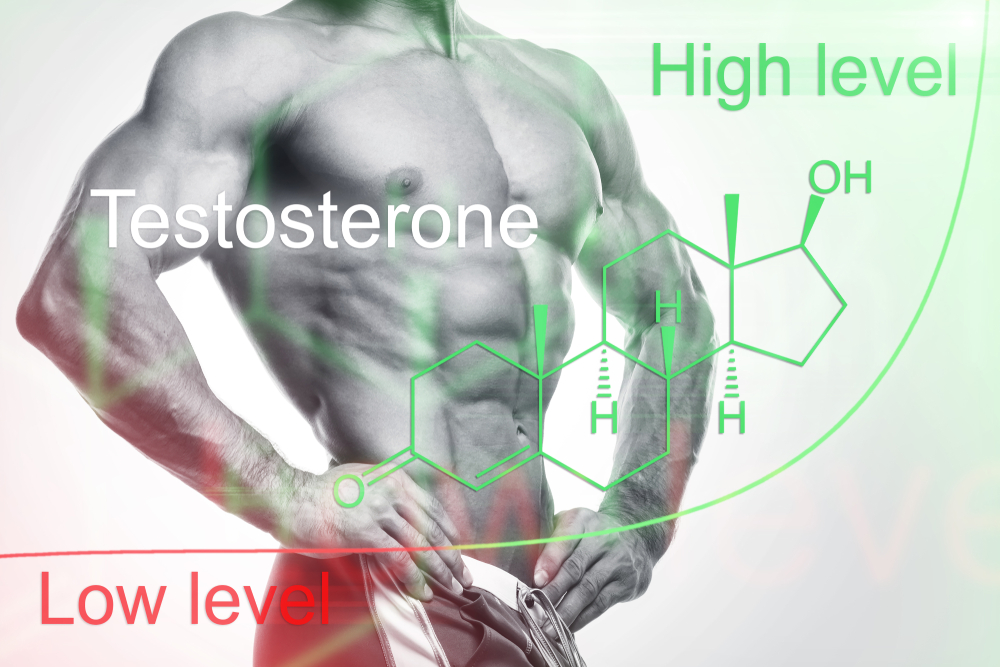

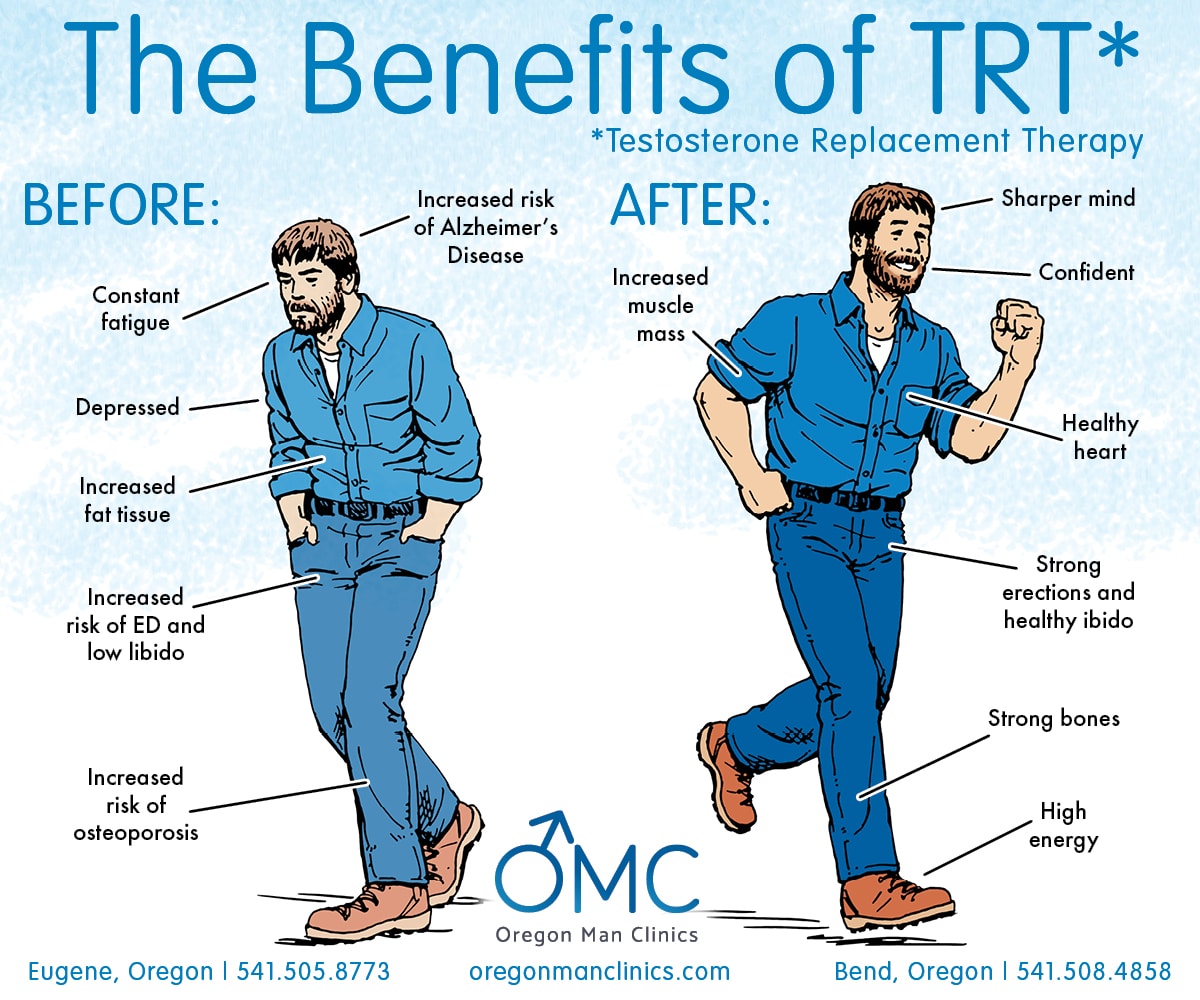



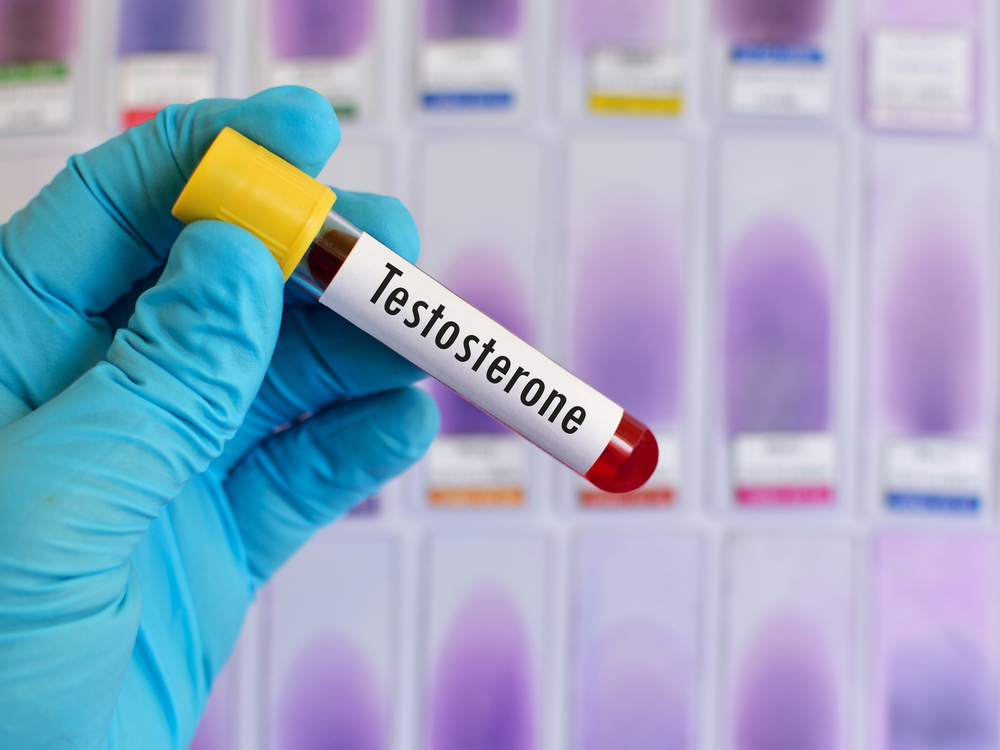
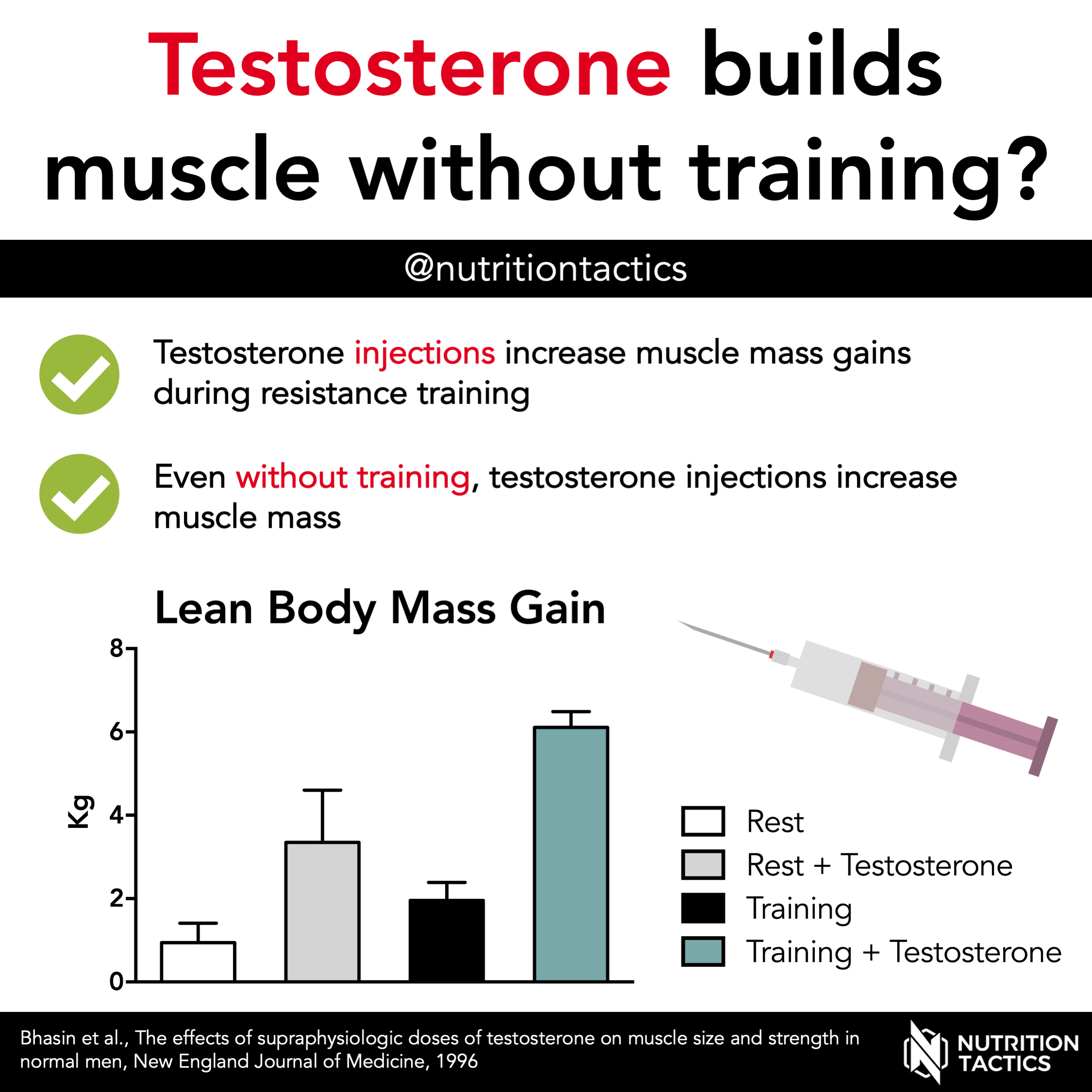
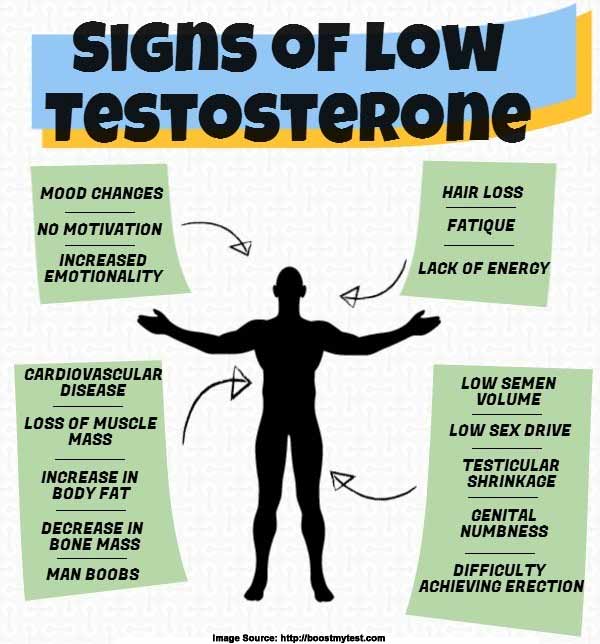
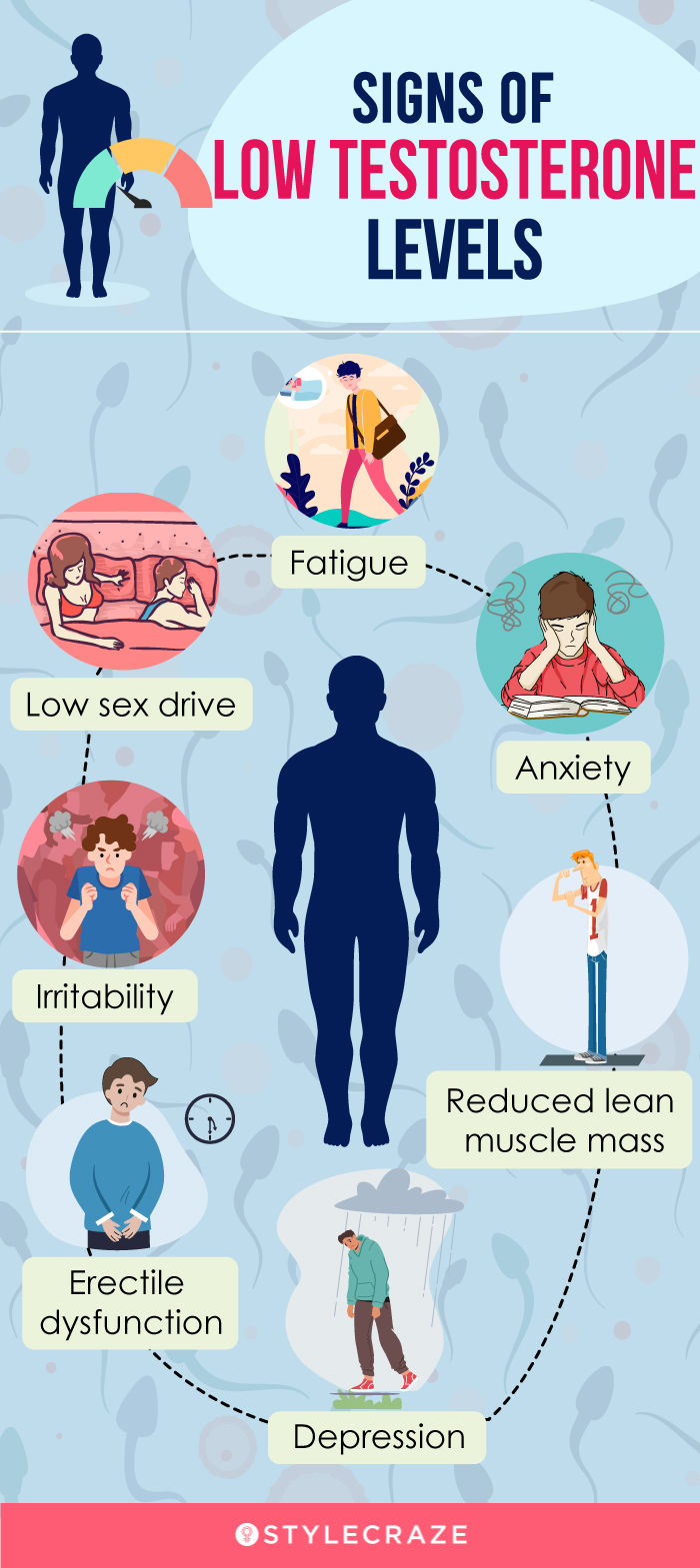
![How Often Should I Workout On Testosterone How Many Days A Week Should You Workout? [Free Template] - The White](https://whitecoattrainer.com/wp-content/uploads/2018/08/how-often-should-i-workout.png)
